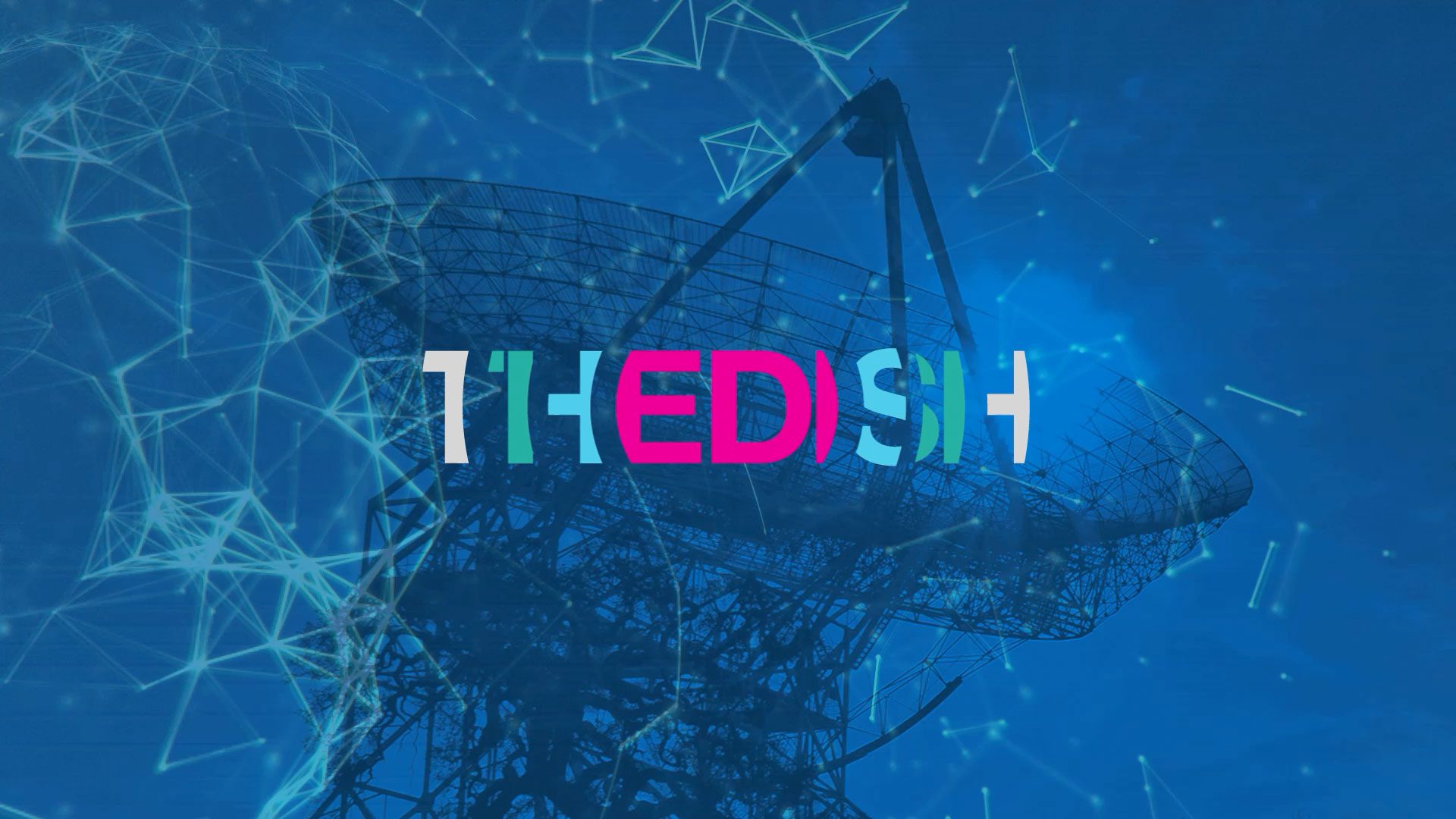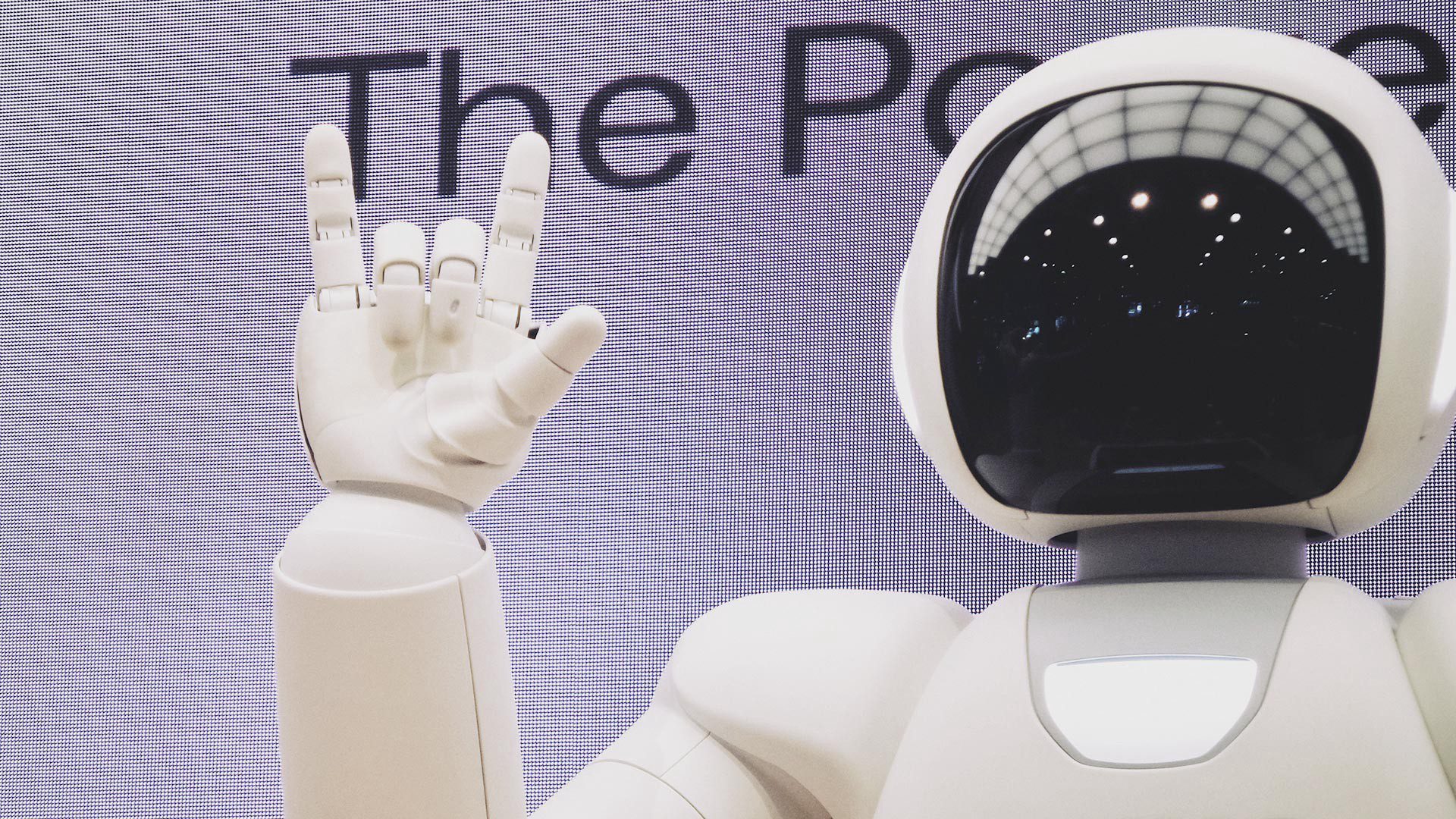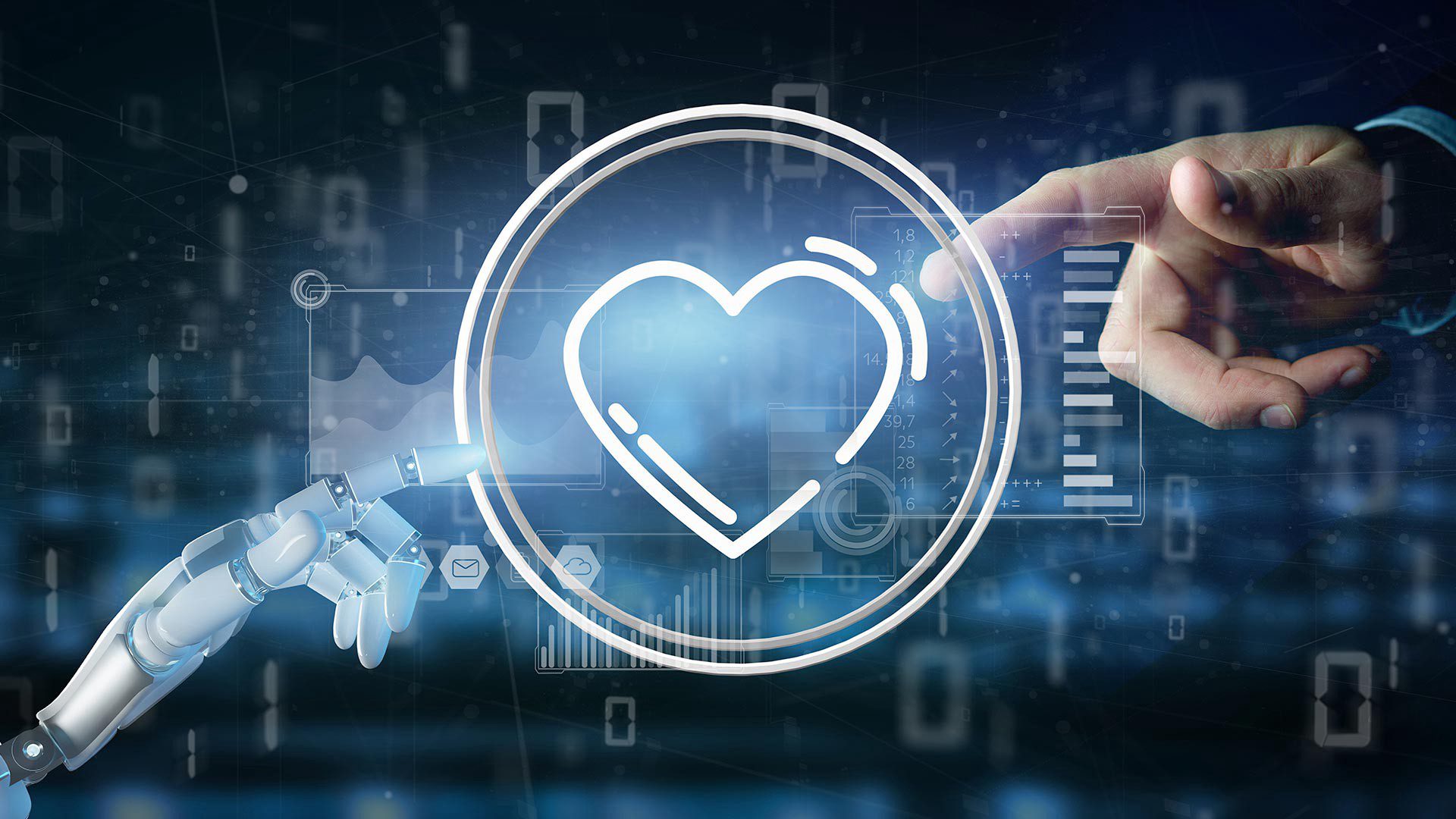Press
-

Julia Kruk talks about the evolution of human communication through social media
Julia Kruk discusses multimodal analysis techniques. Learn more at: https://www.sri.com/computer-vision Julia Kruk is a Computer Scientist in the Vision and Learning org at SRI International in Princeton, NJ. In this episode of The Dish TV they discuss how SRI is improving social media analysis using multimodal techniques in order to better identify satire and humor…
-

Karan Sikka talks about embedding knowledge in machine learning models
Karan Sikka discusses machine learning. Learn more at: https://www.sri.com/computer-vision Karan Sikka is an Advanced Computer Scientist in the Vision and Learning org at SRI International in Princeton, NJ. In this episode of The Dish TV they discuss using novel machine learning techniques to understand social media, improve navigation for robots, and embed human knowledge into…
-

Jesse Hostetler talks about lifelong learning in machines and getting robots to dream
Jesse Hostetler joins host Reenita Hora to discuss lifelong learning as it relates to machine learning. Learn more at: https://www.sri.com/computer-vision Jesse Hostetler is an Advanced Computer Scientist in the Vision and Learning org at SRI International in Princeton, NJ. In this episode of The Dish TV they explore the different aspects of artificial intelligence, and…
-

Ajay Divakaran talks about big data, social media influence, and robotic navigation.
Ajay Divakaran discusses big data, multimodality, social media influence, and how it all relates to robot navigation.
-

Having trouble selling food safety solutions? Read this — it will help.
Western Growers had an AgTechX event in King City last year that focused on food safety. The keynote speaker was Craig Wilson, Vice President of Quality Control & Food Safety at Costco Wholesale.






